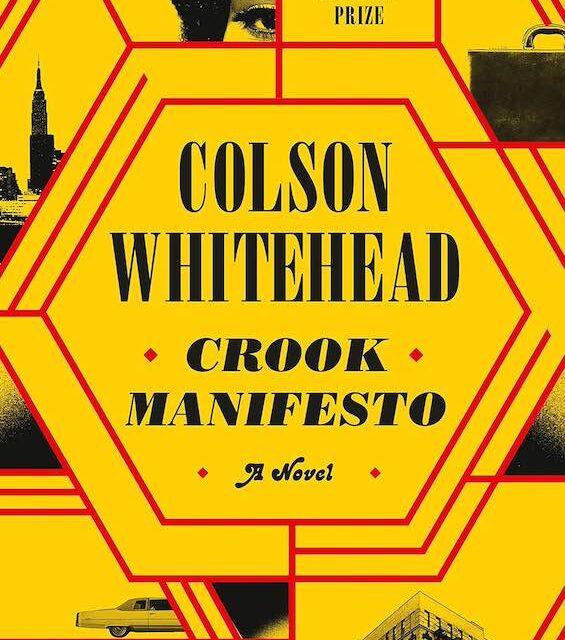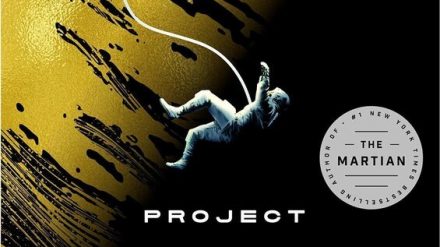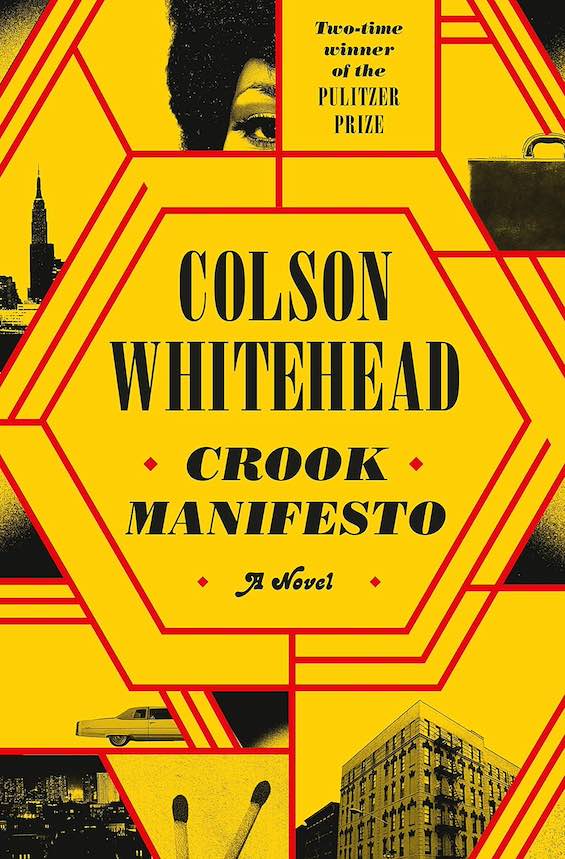
Estimated reading time: 5 minutes
Ray Carney owns and operates a successful furniture store in Harlem. But the luxurious house where he lives with his wife and children in Strivers’ Row didn’t come from the store’s earnings. Because, for years, Ray was a fence for diamonds and other high-end goods. He’d long since decided never to return to crime. But then his daughter pleads with heart-rending desperation for impossible-to-get tickets to a Jackson Five concert. And a crook he knows can get him the tickets in exchange for a favor. Of course, that means fencing the product of a big jewelry heist. And that tips Ray back into the life he thought he’d left behind. So begins Crook Manifesto, the second volume in Colson Whitehead’s Harlem trilogy.
New York is on the edge, and nearly bankrupt
As award-winning author Walter Mosley writes in the New York Times, “There’s an element of crime here, certainly, but as in Whitehead’s previous books, genre isn’t the point. Here he uses the crime novel as a lens to investigate the mechanics of a singular neighborhood at a particular tipping point in time.” That neighborhood, of course, is Harlem. And the tipping point is the troubled 1970s. This was the era of New York City’s near-bankruptcy, when crime rose to a crescendo, cops were on the take, and the Black Panthers and the Black Liberation Army terrorized the powers that be and divided the Black community. And Whitehead brings it all back with aplomb.
Crook Manifesto (Harlem Trilogy #2) by Colson Whitehead (2023) 336 pages ★★★★☆
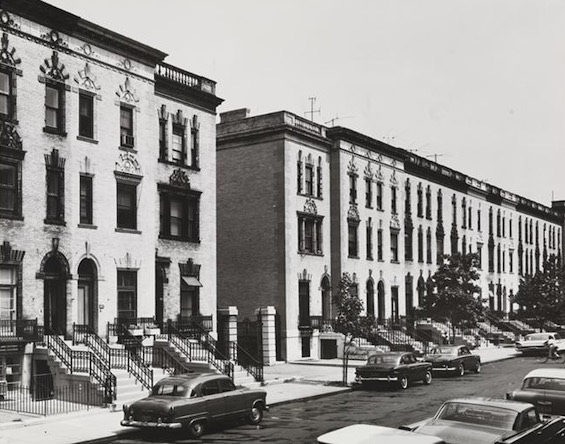
A three-dimensional portrait of New York City
Crook Manifesto is three-dimensional portrait of Harlem as it transitions from the post-war era. But in a larger sense, the book opens a window on New York City itself. On the NYPD, where only the exceptional cops declined to go “on the pad.” On City Hall, where some of the city’s biggest crooks hold office. And on the people of this bustling, multicultural city where a few prosper mightily while the many struggle to just get by. Colson Whitehead is a peerless writer, working at the top of his form. His Harlem trilogy will likely be read for many years to come.
About the author
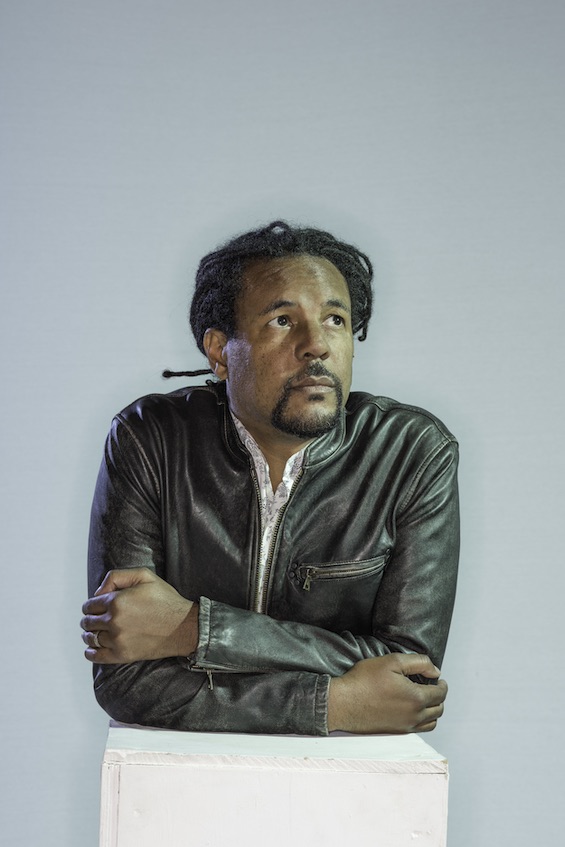
Colson Whitehead was born in 1969 and raised in Manhattan. He graduated from Harvard College, then began work for the Village Voice. There, he wrote reviews of television, books, and music. He is the recipient of a MacArthur Fellowship, a Guggenheim Fellowship, and many other honors as well, most recently the National Humanities Medal. Whitehead has also received the Pulitzer Prize for Fiction (twice) and the National Book Award. He is the author of nine novels and two works of nonfiction as well as several essays and short stories. Whitehead has taught at seven universities and been a Writer-in-Residence at three others. As he wryly comments on his author website, “Apparently he can’t keep a job.”
For related reading
Previously, I reviewed the first novel in Whetehead’s Harlem Trilogy, Harlem Shuffle (Life and crime on the edge in Harlem).
I’ve also reviewed one of the two books for which Whitehead won the Pulitzer Prize for Fiction: The Nickel Boys (A brilliant novel dramatizes life under Jim Crow). I found that the other, The Underground Railroad, was not to my taste.
For an in-depth mainstream review of Crook Manifesto, see “Colson Whitehead Returns to Harlem, and His Hero Returns to Crime” by acclaimed author Walter Mosley (New York Times Book Review, July 13, 2023).
For a much earlier fictional portrayal of crime in Harlem, see A Rage in Harlem (Harlem Detectives #1 of 6) by Chester Himes (The famous Harlem Detectives enter a comic scene).
Not long ago I reviewed another novel in which Strivers Row figures in a major way: The Strivers’ Row Spy (Renaissance #1) by Jason Overstreet (African-American history comes to life in this engaging spy novel).
You might also care to see the 25 most enlightening historical novels or the Top 10 great popular novels.
And you can always find my most popular reviews, and the most recent ones, on the Home Page.

